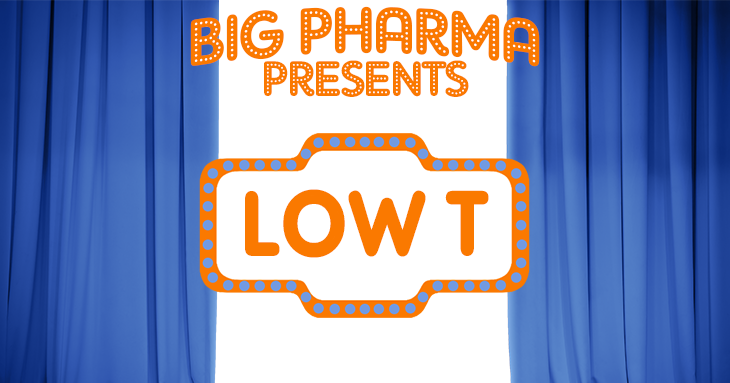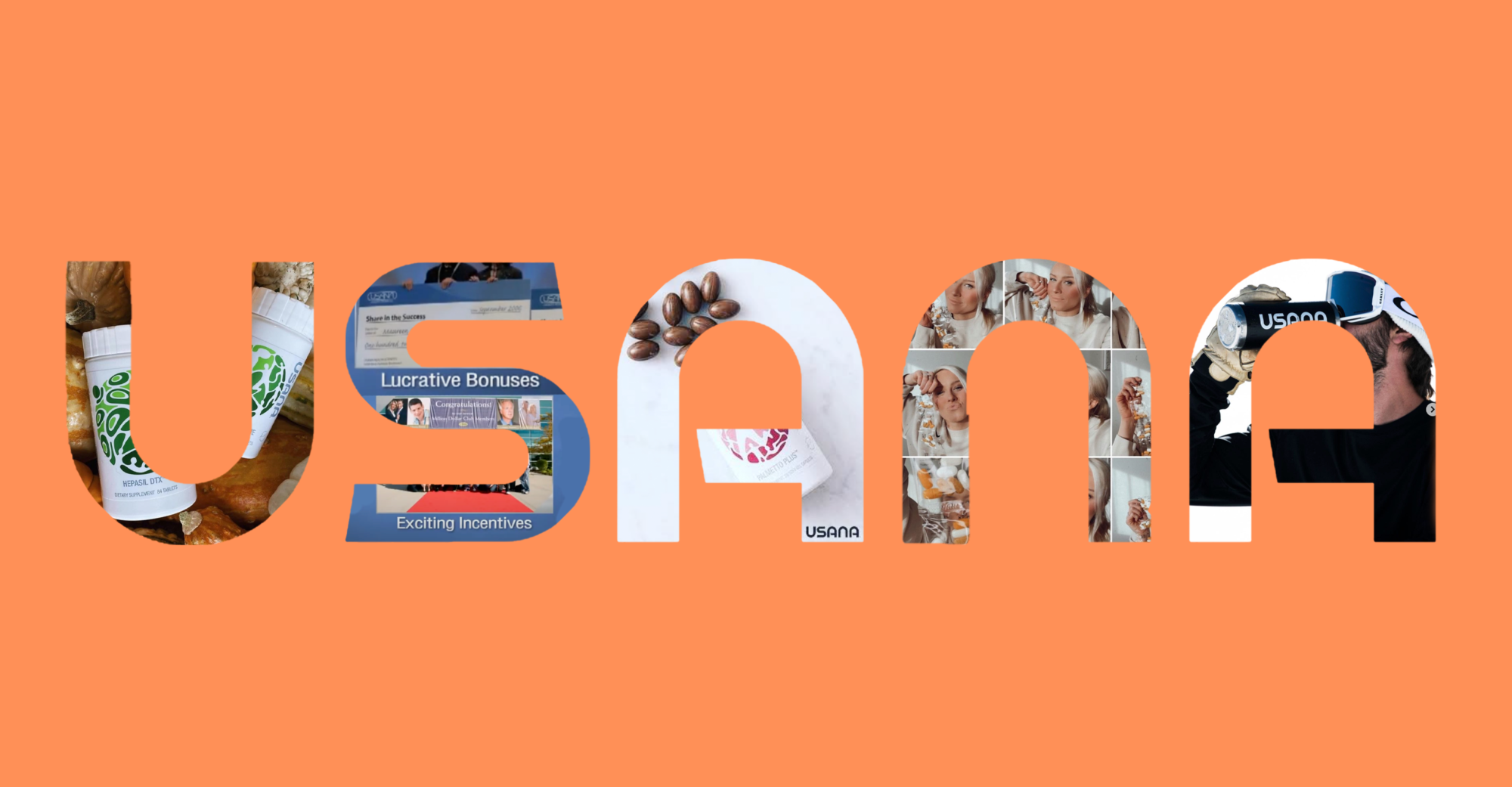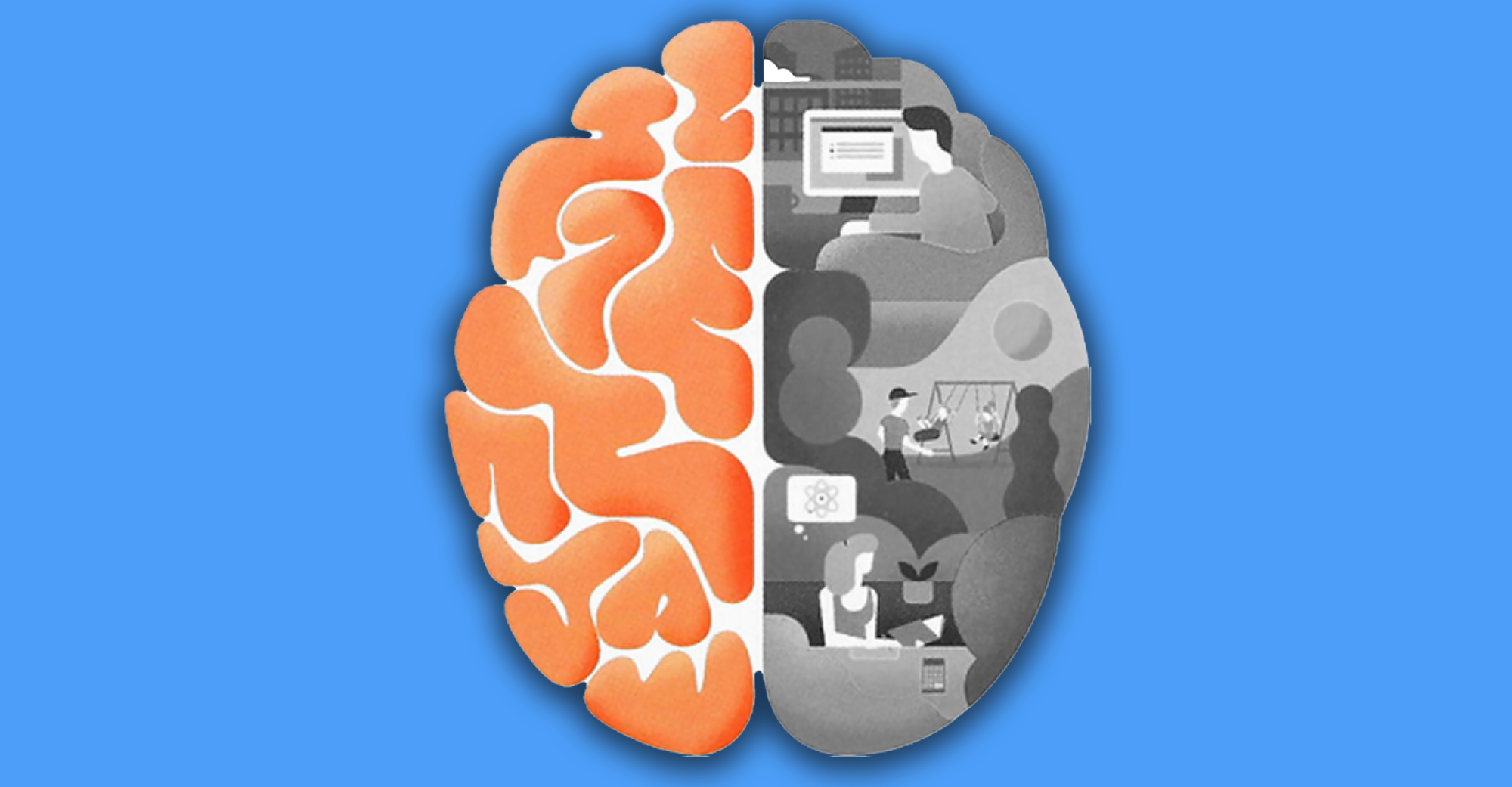
Best Reader Tips of 2021
This year reader tips led to dozens of ad alerts, as well as a complaint to regulators.
Is Big Pharma marketing a drug to help aging men with low sex drives or really selling a made-up disease?
|
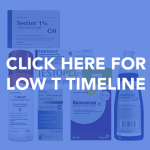 Feeling fatigued? Low sex drive? Think you have low testosterone? Think again. You may just be experiencing the inevitable — aging. In fact, the only thing that may be wrong is that you’ve seen too many ads for testosterone medications by Big Pharma that are trying to convince you to talk to your doctor about getting a prescription to treat this condition.
Feeling fatigued? Low sex drive? Think you have low testosterone? Think again. You may just be experiencing the inevitable — aging. In fact, the only thing that may be wrong is that you’ve seen too many ads for testosterone medications by Big Pharma that are trying to convince you to talk to your doctor about getting a prescription to treat this condition.
The condition they’ve got you worried about goes by a variety of names — including “Low T,” “Andropause,” and “Male Menopause” – and the symptoms range from decreased sex drive to increased fatigue. But in reality, the symptoms all mirror those associated with normal aging and the medications may cause harm — including increased risks of strokes and heart attacks for takers and those accidentally exposed — and only serve to pump up the profits of drug companies.
Seven companies have cornered the market on these testosterone replacement therapies (TRT), raking in billions by advertising directly to consumers and urging physicians to prescribe the medications for off-label use as lifestyle drugs. And millions of prescriptions have now been written for these drugs, which were actually only approved by the FDA to treat one relatively uncommon condition. The result? Burgeoning reports of adverse reactions, including death, which has prompted the FDA to issue a safety announcement and require warning labels. Critics have labeled the Low T marketing push by drug companies as “disease mongering.”
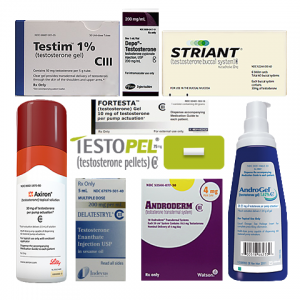 Here are some revealing numbers that show how TRTs penetrated the market and affected consumers:
Here are some revealing numbers that show how TRTs penetrated the market and affected consumers:
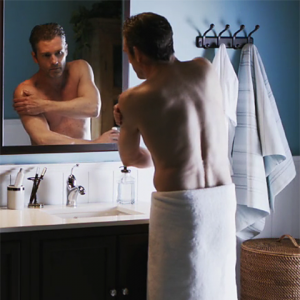
The lawsuits, many consolidated into one master complaint pending in federal court in Illinois, allege that the drug companies knew the FDA would not approve the testosterone medications for any use other than the relatively rare hypogonadism so they invented low testosterone as a malady and falsely represented the drugs as safe and effective. (Abbvie, who markets AndroGel, declined to comment about the lawsuits.)
Perhaps the Journal of the American Medical Association summed it up best in its piece: “Low T as a Template: How to Sell a Disease.” The association, in November, called for a ban on direct-to-consumer advertising of drugs.
For more information on Big Pharma marketing, click here.
This story was updated most recently on 3/30/17.
This year reader tips led to dozens of ad alerts, as well as a complaint to regulators.
Supplement MLM takes down dozens of deceptive claims following TINA.org investigation.
TINA.org files brief urging court to deny final approval of settlement that is unfair to consumers.
